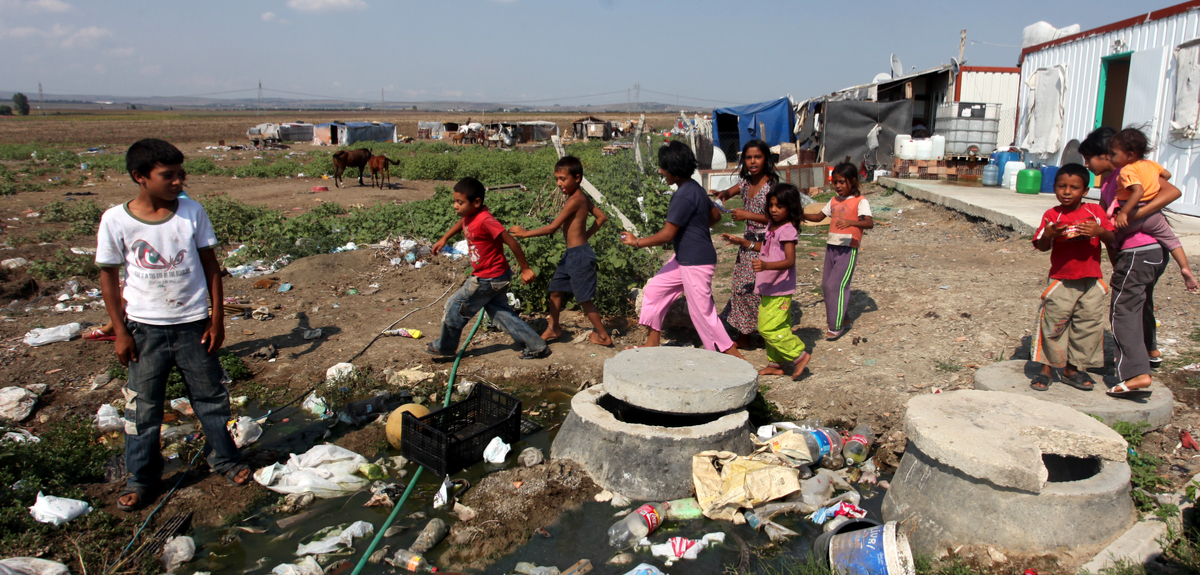New Oxford University research on global poverty reveals the extent of the challenges facing the UN’s new Sustainable Development Goals for the eradication of child poverty.
Across the 103 low and middle income countries surveyed, children were found to constitute 34% of the total population, but 48% of the poor, based on a measure that assesses a range of deprivations in health, education and living standards.
According to the Oxford Poverty & Human Development Initiative (OPHI), nearly two out of every five children (37%), a total of 689 million children, are classed as multidimensionally poor. Some 87% of these 689 million poor children are growing up in South Asia and in Sub-Saharan Africa – 300 million in each region. Half of South Asia’s children and two thirds of Sub-Saharan children are multidimensionally poor.
The child poverty report finds that half of multidimensionally poor children live in ‘alert’ level fragile states, and child poverty levels are highest in the fragile states.
The report disaggregates the latest figures for the Global Multidimensional Poverty Index (MPI) by age group to analyse the particular situation of 1.8 billion children who live in 103 countries. The international definition of a child, used here, is anyone less than 18 years of age.
Global MPI estimates are higher for children than for adults in all 103 countries. Children are also deprived in more indicators at the same time. In 36 countries, including India, at least half of all children are MPI poor. In Ethiopia, Niger and South Sudan over 90% of all children are MPI poor.
Sabina Alkire, director of OPHI at the University of Oxford, says: ‘These new results are deeply disturbing as they show that children are disproportionately poor when the different dimensions of poverty are measured. This is a wake-up call to the international community which has adopted the global Sustainable Development Goals and takes seriously Goal 1, the eradication of poverty in all its forms and dimensions. Children are our future workers, parents and citizen/voters. Investing in them brings benefits now and also into the future.’
More information on the Multidimensional Poverty Index (MPI), including infographics, briefings, data and other resources, can be found here.
